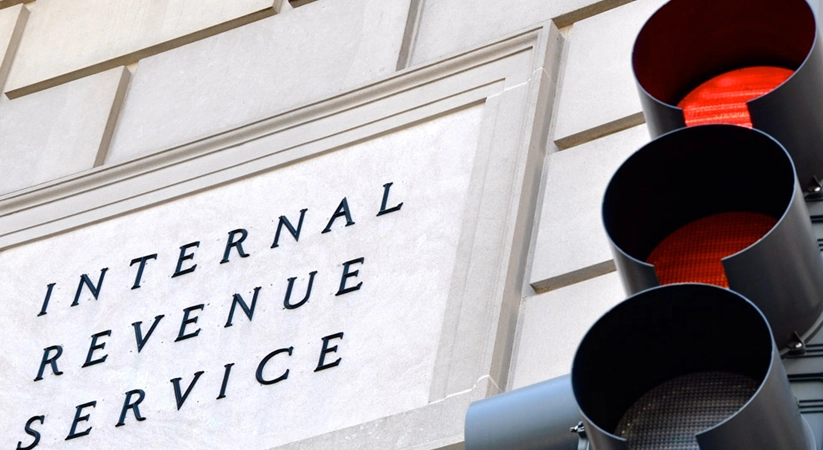State Sales and Use Taxes
Published:
Sales tax generally applies to the retail sale, use, rental, lease, or consumption of tangible personal property and some services. Sales tax is paid by consumers at the time of purchase and collected by registered vendors. Certain goods, such as tobacco and alcohol, are often subject to higher sales tax rates. On the other hand, items that are exempt from sales tax often include prescription drugs, medical devices, and food purchased at a grocery store.
Use tax is a component of the sales tax. It is imposed when proper state sales tax has not been collected and it usually applies to out-of-state purchases that are brought into the state. In many cases, the use tax becomes the personal responsibility of the consumer to report.
Nearly every state has its own set of rules regarding sales and use taxes. These regulations are almost always imposed by the state government or other local governments (county, city, municipality) rather than by the federal government. However, the first federal sales tax in U.S. history ? a 10% tax on tanning salon services ? was added to the 2010 health care reform package.
Here are some of the notable sales and use tax laws for different states:
- There are five levels of the Texas sales and use tax: state, city, county, transit, and special purpose district. Texas has a 6.25% base sales tax onto which the other local rates are added. Depending on the location, the combined sales tax due on a purchase may be as high as 8.25%.
- The combined state, city, and county sales/use taxes in Chicago, Illinois can reach 9.75% (this rate was recently lowered from 10.25%). Additionally, there is an extra 1% tax on food and beverages served in restaurants.
- Sales tax on most goods and services in Washington, D.C. is only 6%. However, you will have to pay a 12% tax to park your car, and a 14% tax to stay in a hotel.
- In New York, sales tax on a retail purchase is computed using three components: the New York State sales tax rate, the local/county sales tax rate, and the Metropolitan Commuter Transportation District (MCTD) sales tax. The state tax rate is 4% and the MCTD tax rate is 0.375% ? add that to New York City’s local sales tax of 4.5%, and you get a combined 8.875% sales tax for transactions in the city. New York has a combined City and State cigarette tax of $4.25 per pack, which is the highest in the nation.
- While Arizona does not have a sales tax per se, it does have a transaction privilege tax (TPT) which places the tax burden on the vendor.
- Some states have no sales tax, including Alaska, Delaware, Montana, New Hampshire, and Oregon. Delaware and New Hampshire impose a ‘gross receipts tax’ on businesses rather than taxing the consumers. Those who buy big-ticket items sometimes choose to make their purchases in one of these states (though it may not be worth the plane ride to Alaska).
Don’t forget about state use tax, which is imposed on goods bought from out-of-state and applies only when the correct amount of sales tax has not been charged. Many states (including Virginia, New York, and California) permit residents to voluntarily calculate their use tax liability when filing their state tax return. But before you try to buy everything from across state lines, keep in mind that dodging sales and use tax can lead to tax assessments, tax audits, and penalties.



